How to rinse coffee beans well and drink enzyme water washing method
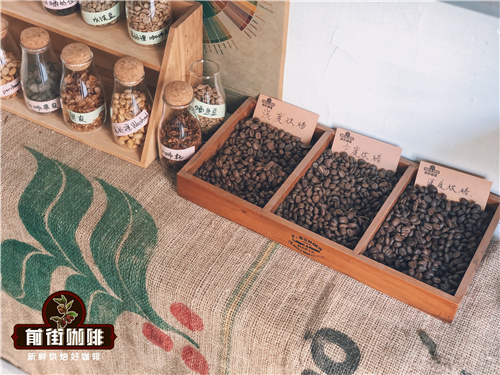
Professional coffee knowledge exchange more coffee bean information please follow the coffee workshop (Wechat official account cafe_style)
With the development of the times, people have higher and higher requirements for the flavor of coffee beans, including taste, only the original flavor brought by washing treatment and sun treatment can no longer meet the needs of everyone. Therefore, now the special treatment of coffee beans emerge one after another, today Qianjie will take you to understand the following more popular special treatment of coffee beans in recent years-anaerobic treatment.
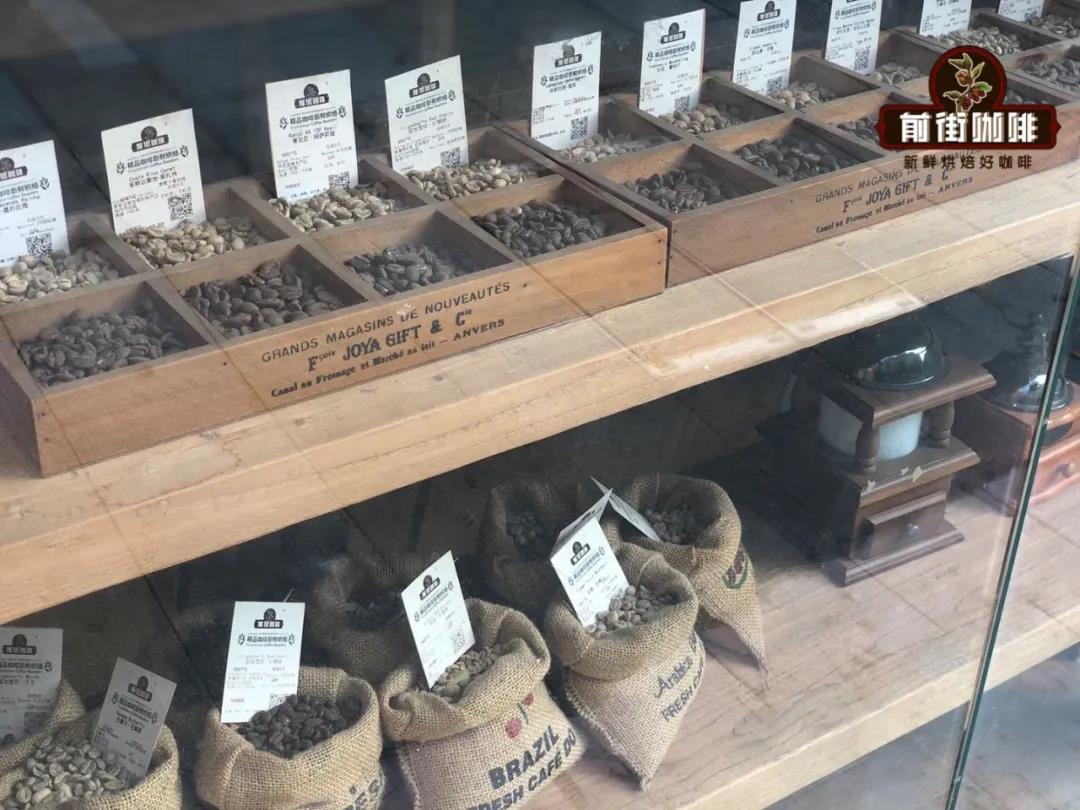
Anaerobic fermentation treatment actually allows coffee beans to be fermented in an anaerobic or hypoxic environment. Anaerobic treatment belongs to a large range, and can be divided into anaerobic solarization, anaerobic enzyme washing, anaerobic double washing and anaerobic honey treatment. You may find these treatments very unfamiliar, but even traditional washing and sun treatments have a fermentation process.
To put it simply, in the fermentation process of the three major treatments of coffee beans, such as the traditional washing treatment, the exocarp and pulp of coffee are usually removed and then soaked in water for 12-18 hours. At this time, pectin will be decomposed, this is a fermentation process, there are no man-made factors, nor the addition of specific enzymes fermentation, coffee beans naturally ferment in the natural environment. This is what Qianjie called natural fermentation.
Just like the process of tanning, the pulp and peel of coffee are preserved, and then during the process of two to four weeks of sun exposure, pectin continues to ferment naturally in the natural environment, and there is also no human interference. So the sweetness and aroma in the sun process are generally more sufficient.
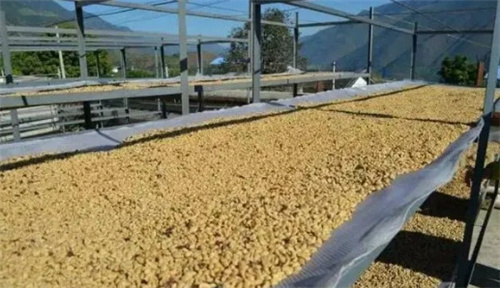
Like what Qianjie said above is natural fermentation, and it is very difficult to control the flavor of coffee, so there will be many uncertain factors, such as washing treatment, whether coffee beans will be overfermented in the process of pool fermentation, resulting in excessive sour coffee beans, or whether the process of pectin fermentation will produce other bad flavors in the process of sun exposure, which is very difficult to control and can only be eaten by heaven.
Therefore, there will be anaerobic fermentation treatment. Its treatment method is to put the coffee beans in a pressure-resistant sealed stainless steel bucket to achieve the desired coffee flavor by artificially controlling the temperature, time, PH value and the required fermentation process. There are also many types of anaerobic fermented coffee beans in the front street store.
Qianjie will take a Huayue Night coffee bean from the Huilan area of Colombia to introduce how to carry out the artificial fermentation process. First of all, the coffee fruit that has been freshly harvested and has been removed from the defective beans is put directly into a sealed fermentation barrel for low-temperature fermentation at a temperature between 10 and 15 degrees. In an anaerobic environment, the decomposition of pectin sugars slows down because low temperatures inhibit the growth of microorganisms. Therefore, the fermentation time of coffee beans is longer than that of traditional sun treatment, and the sweetness increases. After more than three days of anaerobic fermentation, the coffee fruit in the bucket is sunburned, and after drying, the peel and pulp are removed and can be entered into the warehouse. Therefore, through the cup test in the front street, we found that the sweetness of this coffee is very obvious, a bit like strawberry jam flavor, and a little fermented wine flavor.
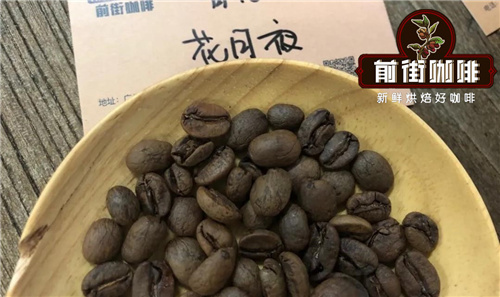
Of course, washing treatment can also be controlled to carry out anaerobic washing treatment, and the process of anaerobic washing is more complex than that of anaerobic solarization treatment. First, the ripe cherry coffee fruit is harvested directly in a woven bag for 12 hours of dry fermentation, and then the peel and pulp is removed for 24 hours after fermentation is completed. In the second round of fermentation, the coffee beans are transferred to a plastic bucket and sealed for fermentation to avoid the entry of air. After the second round of fermentation is completed, the coffee beans are left on the drying bed to dry for almost a month to reduce the water content of the coffee beans to between 11% and 13%. Through the cup test of coffee beans treated by anaerobic sun and anaerobic washing, it was found that the acidity of anaerobic washing was brighter than that of anaerobic sun, but the sweetness of anaerobic sun was more obvious and the aroma was more intense.
The two treatment methods introduced above in Qianjie are by controlling the time and temperature of the environment, and then Qianjie will introduce to you the process of fermentation by adding some bacteria in the process of fermentation. This is coffee bean enzyme treatment, specifically known as anaerobic enzyme washing treatment.
The process of coffee bean enzyme treatment is similar to that of anaerobic washing, except that the second fermentation process of anaerobic fermentation treatment, that is, when the coffee fruit is moved into a sealed bucket, special enzyme groups are put into fermentation. to promote the coffee fermentation process. The next steps are consistent with the anaerobic washing fermentation process mentioned in the front street. The rose valley coffee of Columbia Tree Manor on the front street is treated with coffee bean enzyme.
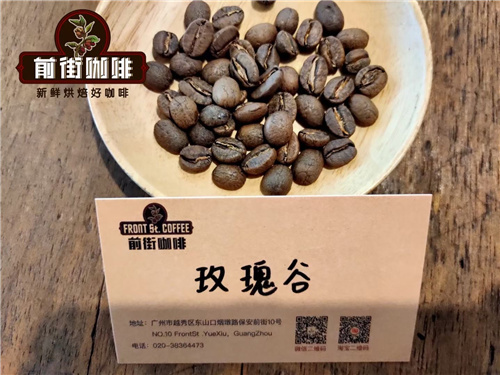
Qianjie is very interested in this kind of coffee beans treated with anaerobic enzymes. Qianjie roasted three baking curves when roasting this coffee bean, each of which has a different flavor. After baking, Qianjie tested the three curves within 8-24 hours. Qianjie Cup test found that the curve with the overall flavor is relatively excellent, peach and cranberry flavor is very rich, aroma is also more prominent, similar to peach flavor. Curve two compared with curve one, the aroma is lighter, but also with a little astringent feeling. Curve 3, the bean flavor level is not obvious, only to taste the wine heart chocolate, the taste is more bitter than the upper two-tone curve. Therefore, the Rose Valley Coffee on the front street will be ready on the shelf. But before the street shelf, we have to cook the curve by hand to verify the flavor of the cup test.
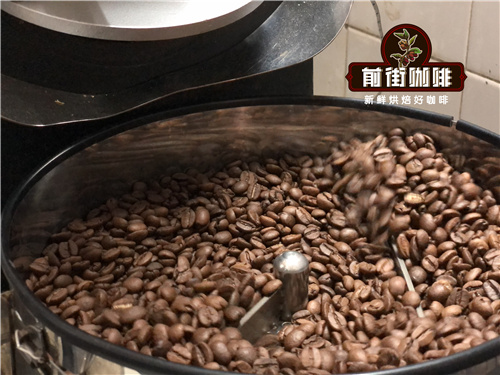
Qianjie brewing this anaerobic enzyme treated coffee beans choose 15 grams of coffee beans, the degree of grinding is medium to fine, the powder-to-water ratio is 1:15, the filter cup selects the common hario v60 filter cup, the shape of the cone increases the layering of the coffee, and the water temperature is 91 degrees Celsius.
In the first stage, 30 grams of water is injected for steaming for 30 seconds. The purpose of steaming is to properly discharge carbon dioxide and avoid excessive carbon dioxide content affecting the extraction. The amount of water injected into the second stage is 100 grams, plus the steaming water is injected to 130 grams, which is evenly injected in a circle to strengthen the front and middle stage extraction and enhance the extraction of small molecular substances in the front and middle section. After injection, the interval is 10 seconds, then the remaining 95 grams of water is injected evenly around the circle, and the last 25 grams of vertical center water is injected to avoid too much disturbance to extract too much bitterness in the back section.

After brewing, you can taste this specially treated Rose Valley Coffee. At first, its acidity is obvious, a little similar to that of citrus, rich in layers, a little similar to dark berries in the middle, with caramel cocoa. The residual aroma is similar to the fermentation of fermented fruit. The medium temperature part is more like the flavor of berries, with dark chocolate flavor at the same time, the final rhyme is still fermented, lingering aftertaste. Dark berries are dominant in the low temperature part, with enhanced sweetness, dark chocolate and fermentation, continuous fermentation in the end, and a faint rhyme similar to whisky, reminiscent of heart chocolate.
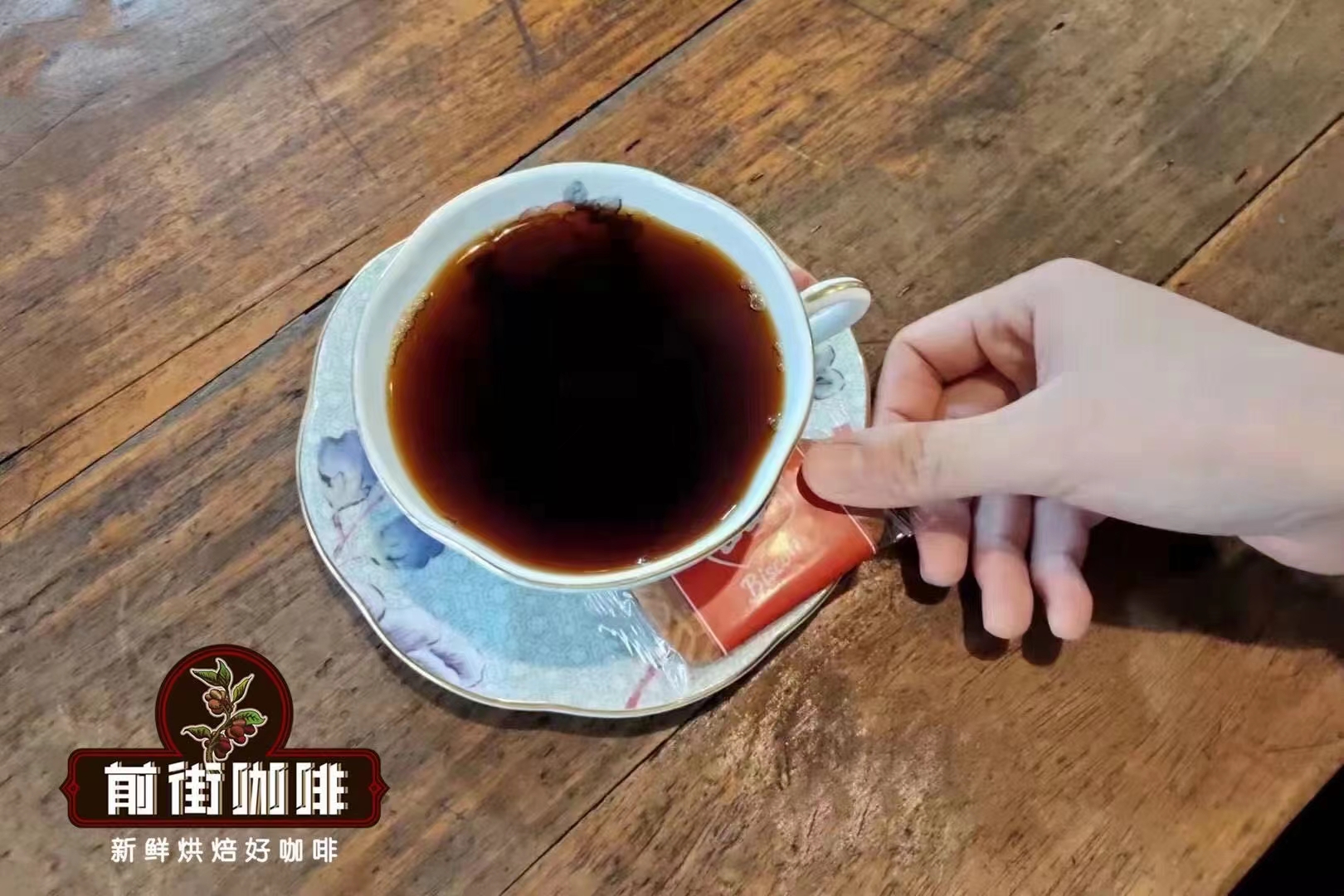
For more boutique coffee beans, please add private Qianjie coffee on Wechat. WeChat account: kaixinguoguo0925
Important Notice :
前街咖啡 FrontStreet Coffee has moved to new addredd:
FrontStreet Coffee Address: 315,Donghua East Road,GuangZhou
Tel:020 38364473
- Prev
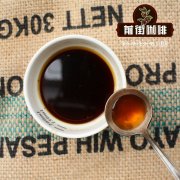
Ethiopian Ancient Books-Sayi Jiami treatment Coffee Flavor introduction _ Honey treatment Ancient Books Coffee delicious
Professional coffee knowledge exchange more coffee bean information Please follow the coffee workshop (Wechat official account cafe_style) sa Meijia produces amazing coffee is the fourth generation. There is vast land for planting and systematic planting. In fact, coffee with excellent flavor here in Ethiopia tends to attract many baristas and bean hunters to snap up coffee.
- Next

What's the difference in the taste of Yega Chuefei between washing and tanning?
What's the difference in the taste of Yega Chuefei between washing and tanning? Yejashaffe is a small town with an elevation of 1700 Murray 2100 meters above sea level. It is also synonymous with Ethiopian boutique beans. It has been a wetland since ancient times, and the ancient saying [yirga] means "settle down], and [cheffe] means [wetland], so [Yega Xuefen] means [let us settle down in this wetland]. Yega snow caffeine
Related
- Detailed explanation of Jadeite planting Land in Panamanian Jadeite Manor introduction to the grading system of Jadeite competitive bidding, Red bid, Green bid and Rose Summer
- Story of Coffee planting in Brenka region of Costa Rica Stonehenge Manor anaerobic heavy honey treatment of flavor mouth
- What's on the barrel of Blue Mountain Coffee beans?
- Can American coffee also pull flowers? How to use hot American style to pull out a good-looking pattern?
- Can you make a cold extract with coffee beans? What is the right proportion for cold-extracted coffee formula?
- Indonesian PWN Gold Mandrine Coffee Origin Features Flavor How to Chong? Mandolin coffee is American.
- A brief introduction to the flavor characteristics of Brazilian yellow bourbon coffee beans
- What is the effect of different water quality on the flavor of cold-extracted coffee? What kind of water is best for brewing coffee?
- Why do you think of Rose Summer whenever you mention Panamanian coffee?
- Introduction to the characteristics of authentic blue mountain coffee bean producing areas? What is the CIB Coffee Authority in Jamaica?

